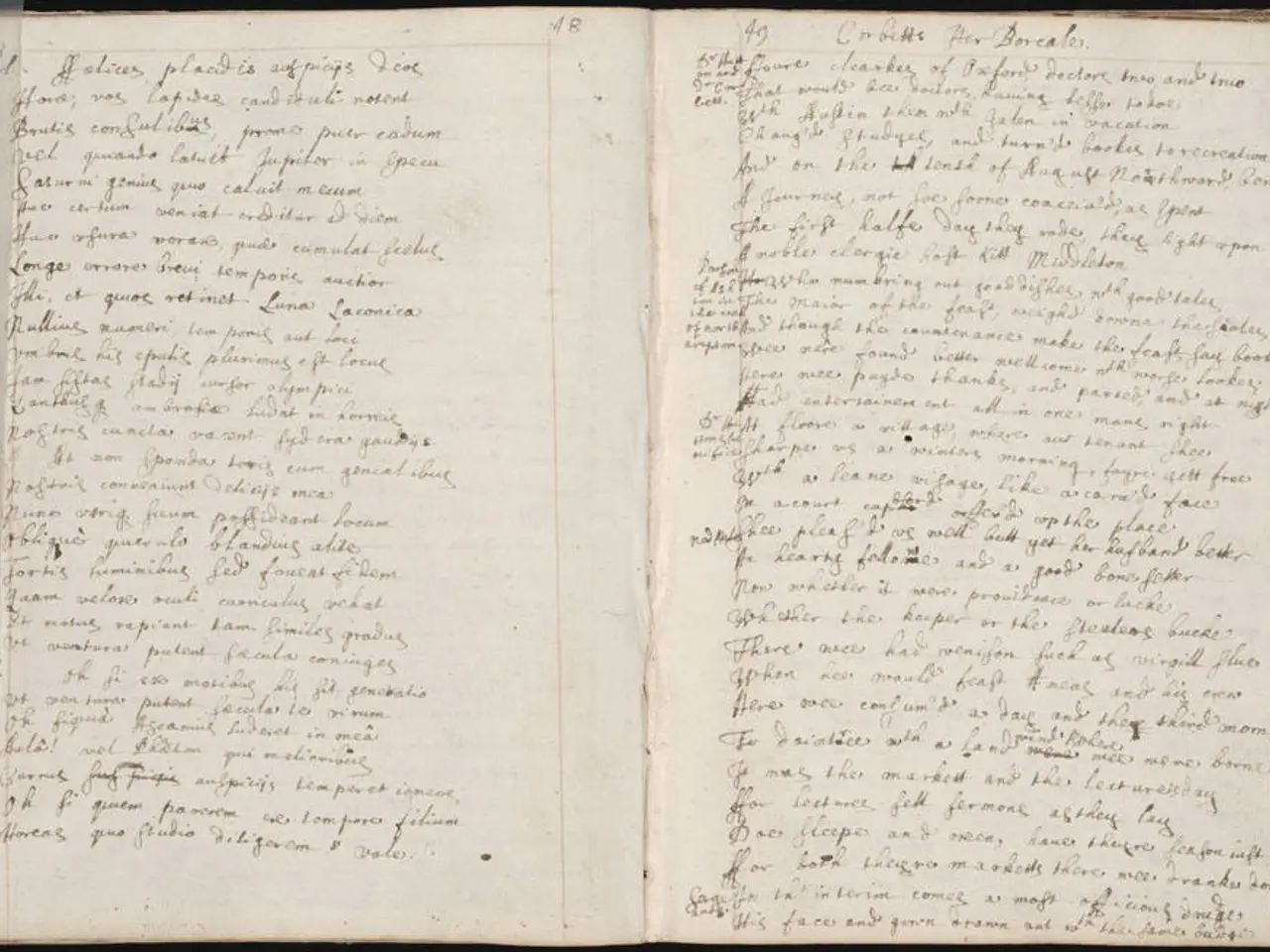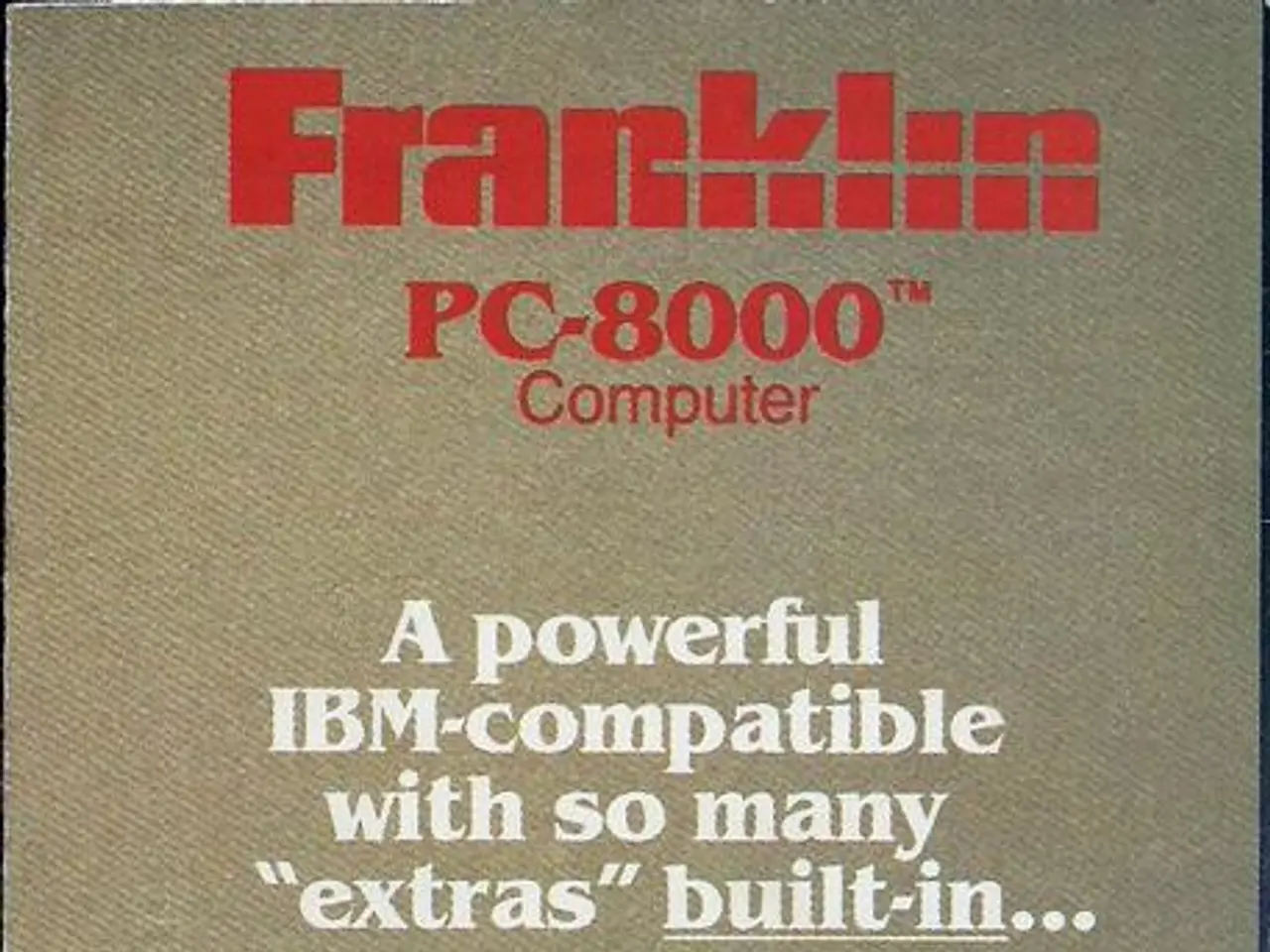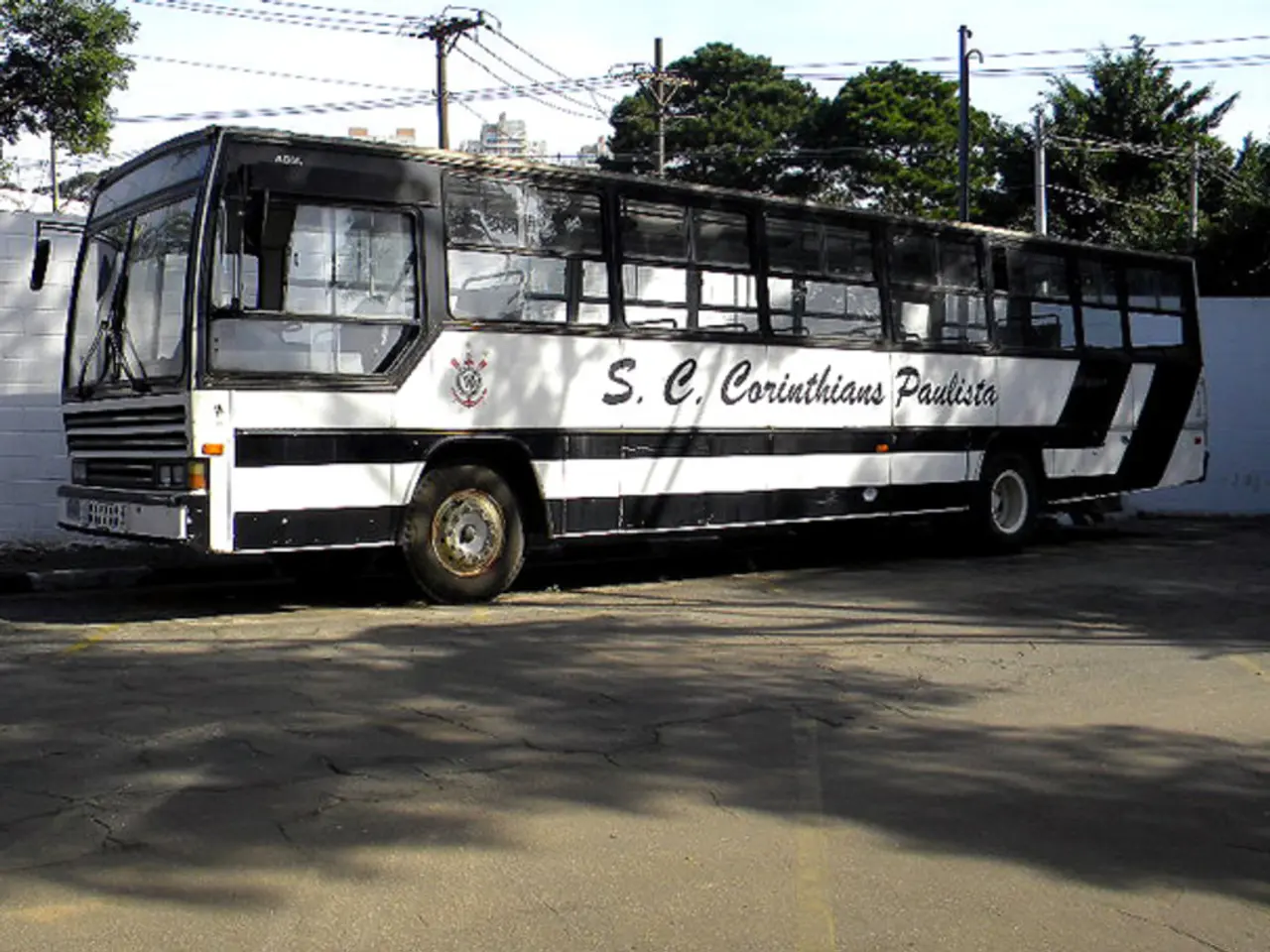Exploring the Craft of Narrative Construction in Reality-Based Film Production
The process of creating a compelling and accurate documentary script is a delicate balance between thorough research and captivating storytelling. By adhering to best practices, documentary makers can ensure their work is both credible and engaging, thereby maintaining the audience's trust and interest.
First and foremost, thorough research is essential for factual accuracy. This involves consulting with experts, reviewing academic literature, and cross-checking information with reputable sources to maintain credibility. Accuracy is crucial because losing audience trust undermines the documentary's impact.
Next, a clear and concise script that engages is vital. This means using simple, straightforward language, avoiding unnecessary jargon, and employing storytelling techniques to make complex or technical content relatable. Writing conversationally, potentially using a subject's narration rather than a formal voice-over, can also help make the documentary more engaging.
The script should be structured effectively, following a three-act structure: Act 1 introduces main characters or concepts and establishes context, Act 2 explores research, presents challenges and discoveries, and Act 3 reveals findings and impact, leaving a clear call to action.
In addition, it's important to show, don't tell and write with visuals in mind. This means using actions, settings, and visuals to convey information instead of explicit exposition. Audiences appreciate piecing together information themselves, which increases engagement.
Interviews with qualified experts should also be incorporated to add credibility and multiple perspectives. Preparing thoughtful questions to elicit meaningful, nuanced responses that deepen the narrative is key.
Instead of writing word-for-word dialogue, it's more effective to create a treatment that outlines key scenes, interview questions, B-roll footage, and transitions. Focusing on authentic storytelling over technical perfection in filming—engagement beats polish—is a crucial aspect of documentary screenwriting.
When relevant, documentary theatre techniques can be used, such as integrating projections, soundscapes, or verbatim interviews to bring the story to life. Actors or narrators should deeply understand the material to authentically represent it.
In summary, the best documentary scripts balance factual rigor with compelling, visually driven storytelling that respects the audience's intelligence. This ensures the documentary is both credible and captivating. Flexibility is essential, allowing room for new information or revelations that may arise during production and editing. Thorough research is the bedrock of any documentary script, uncovering authentic truths, revealing fresh perspectives, and ensuring factual accuracy. Archival footage enriches storytelling by adding layers of historical or cultural context, making the narrative poignant and relatable. Documentary screenwriting is a unique approach in nonfiction filmmaking that crafts structured narratives from reality. Effective use of transitions ensures these segments integrate smoothly, providing clarity and enhancing the viewing experience. Reflective pauses, strategic planning, and authenticity and engagement are also crucial components of successful documentary screenwriting.
- To maintain credibility and keep the audience's trust, incorporating expert opinions and academic literature in research is essential.
- To make complex or technical content more relatable, documentary makers should use simple language and storytelling techniques, and write conversationally, potentially using a subject's narration.
- To structure a documentary script effectively, following a three-act structure, with Act 1 introducing main characters or concepts, Act 2 exploring research, presenting challenges, and discoveries, and Act 3 revealing findings and impact, is crucial.
- To use visuals in mind, it's important to write with actions, settings, and visuals to convey information instead of explicit exposition, so audiences can appreciate piecing together information themselves, increasing engagement.




